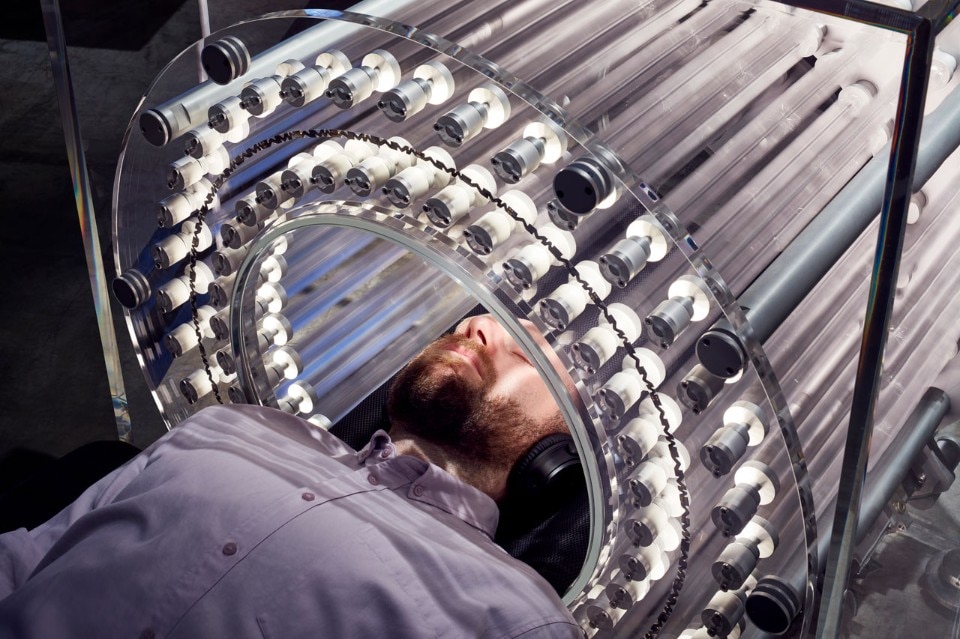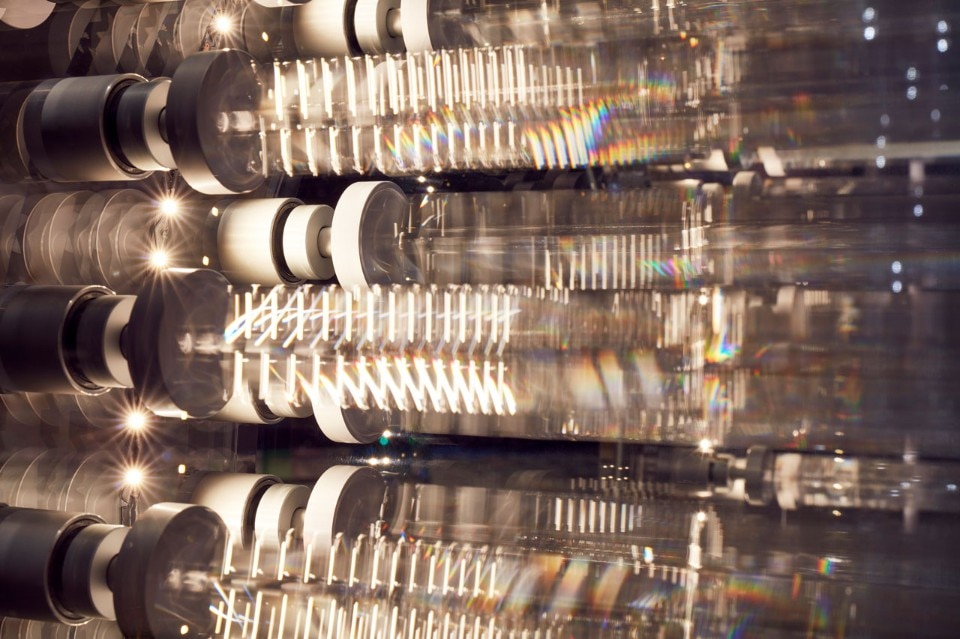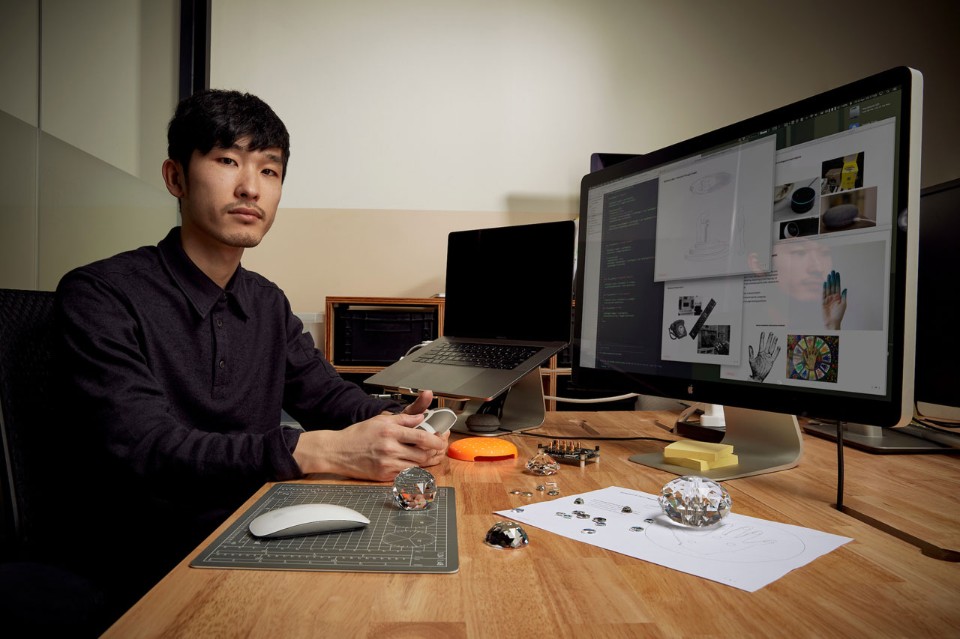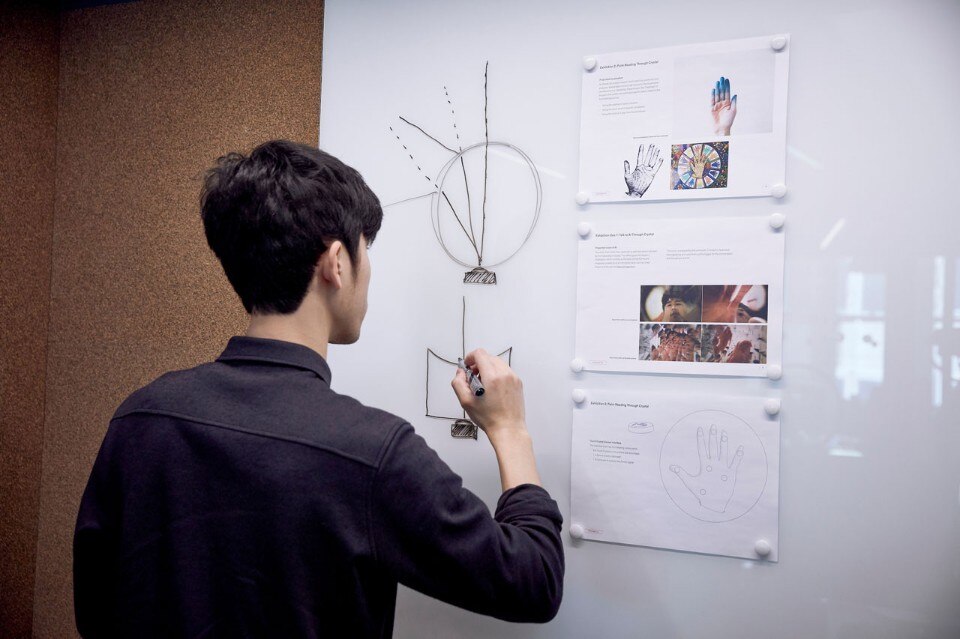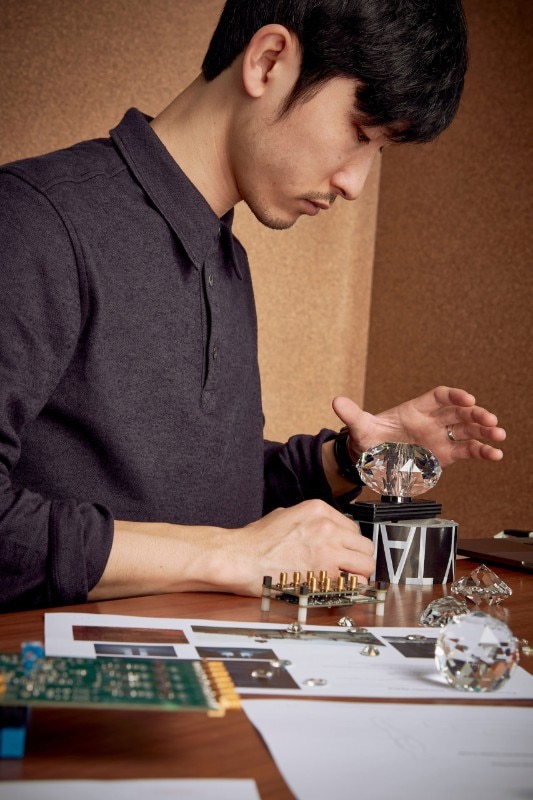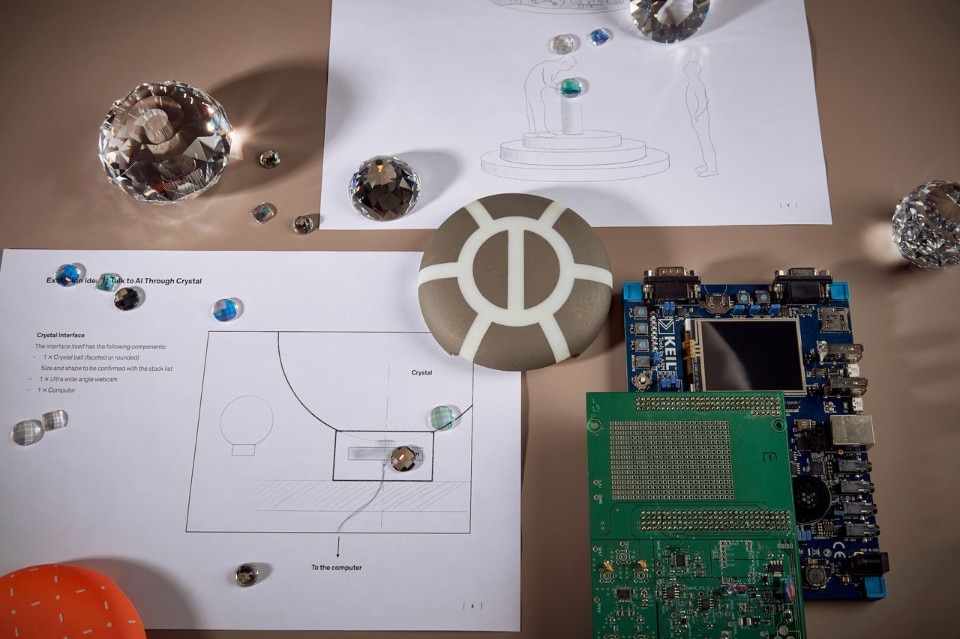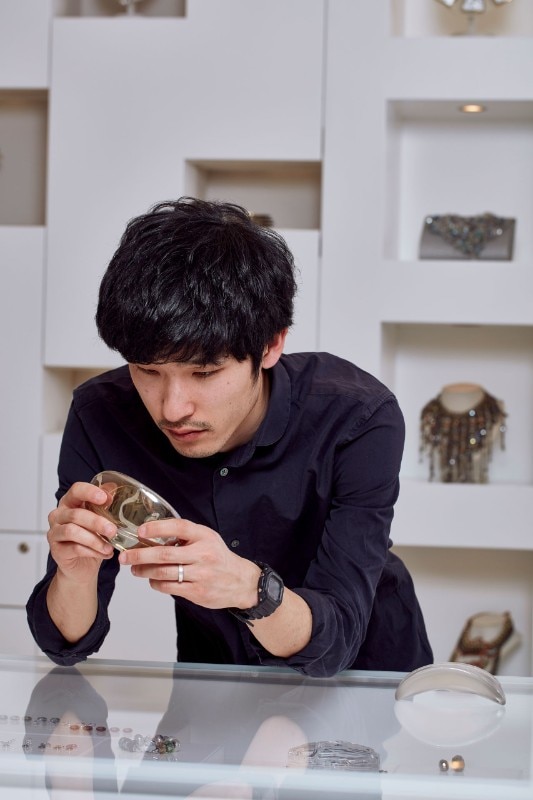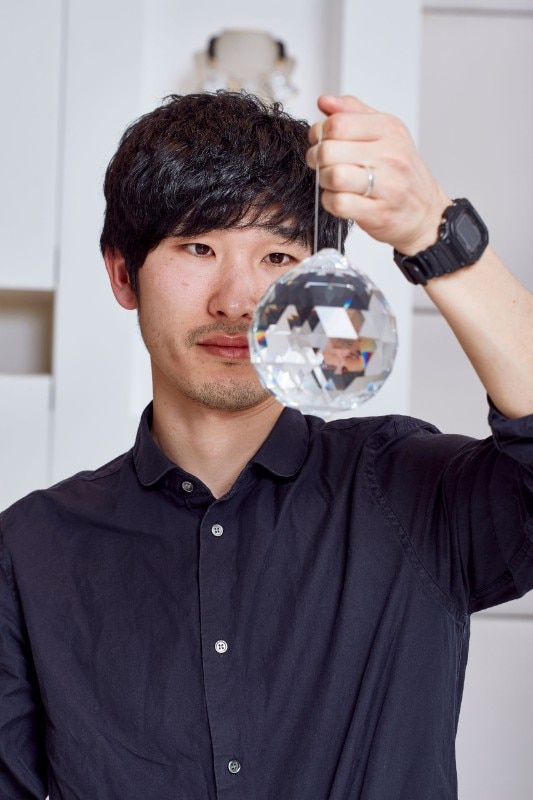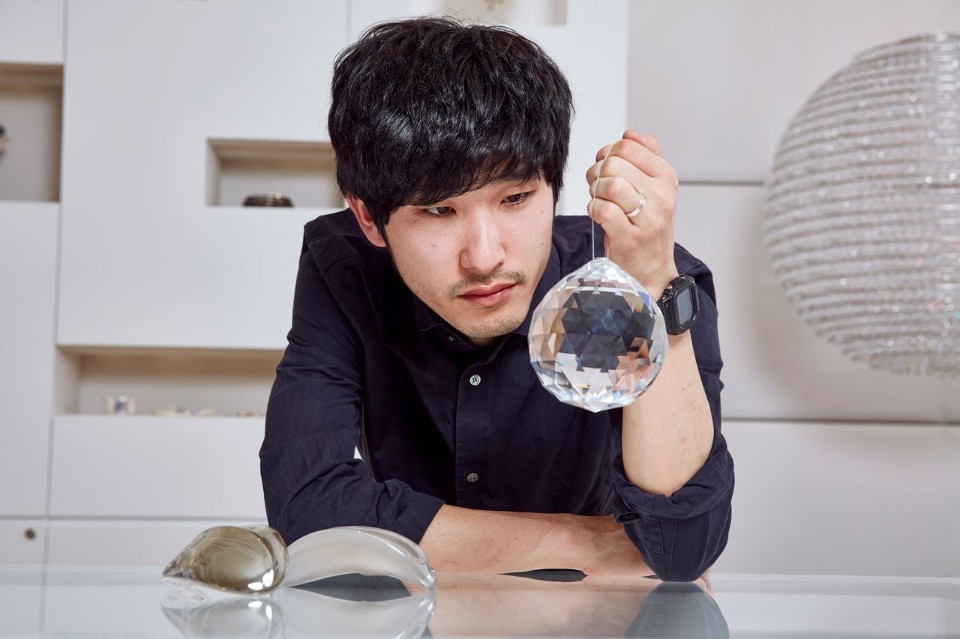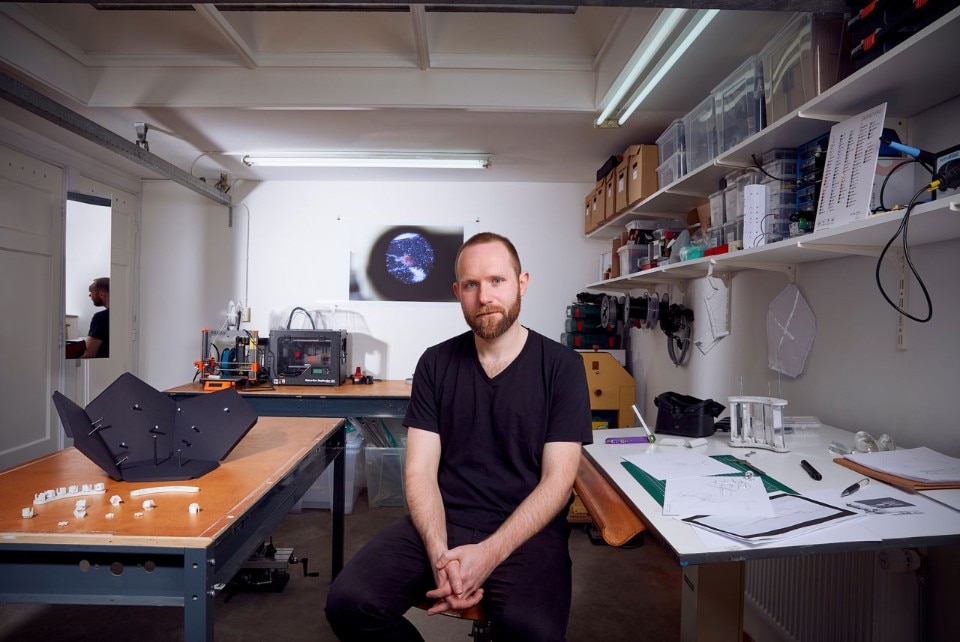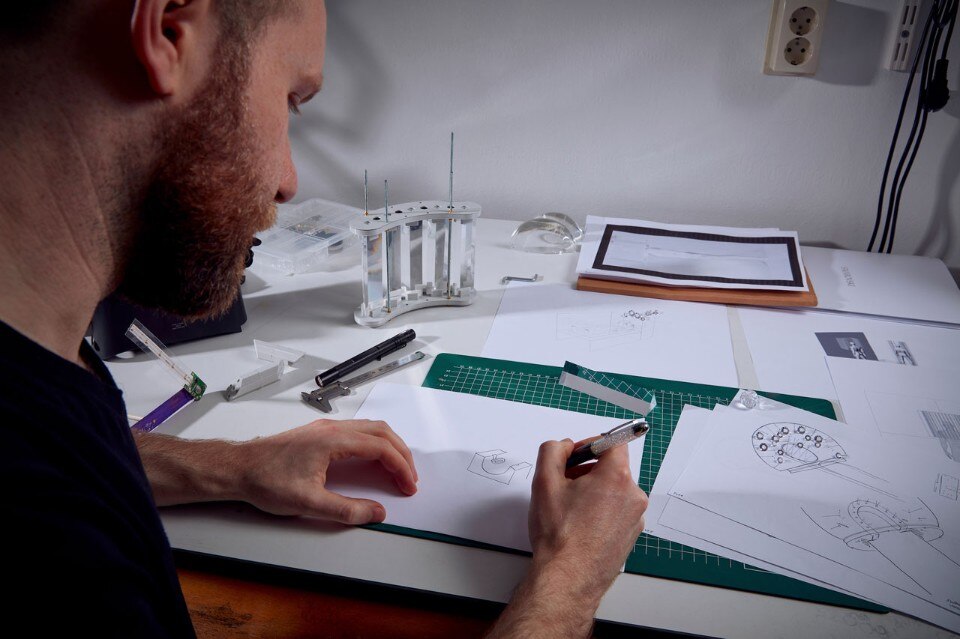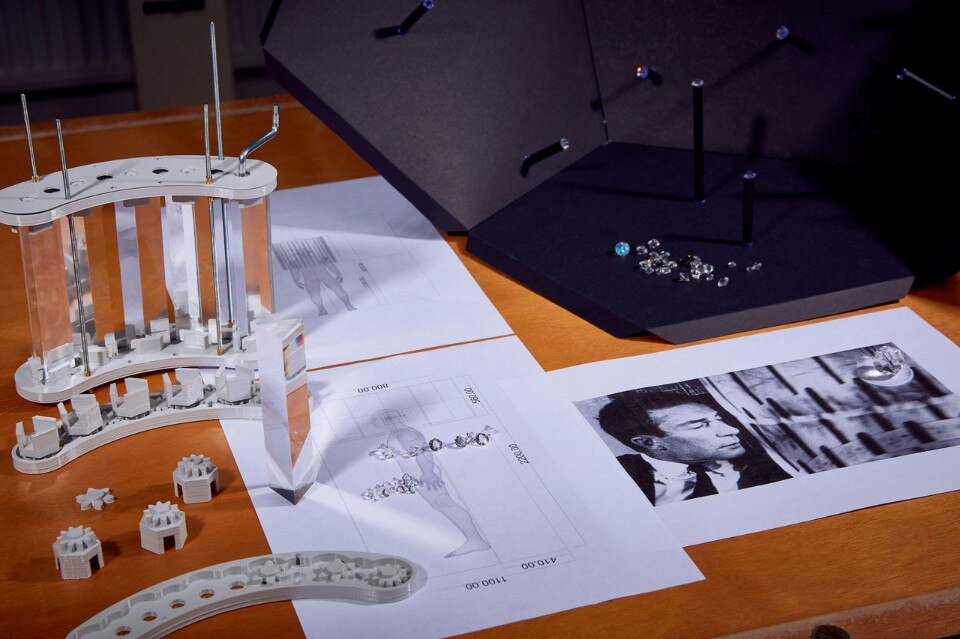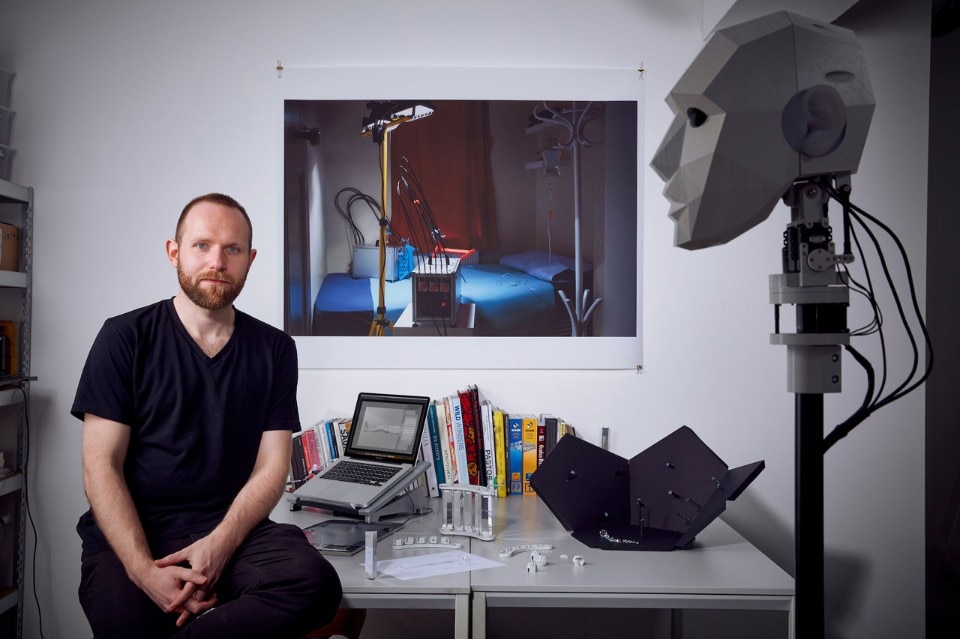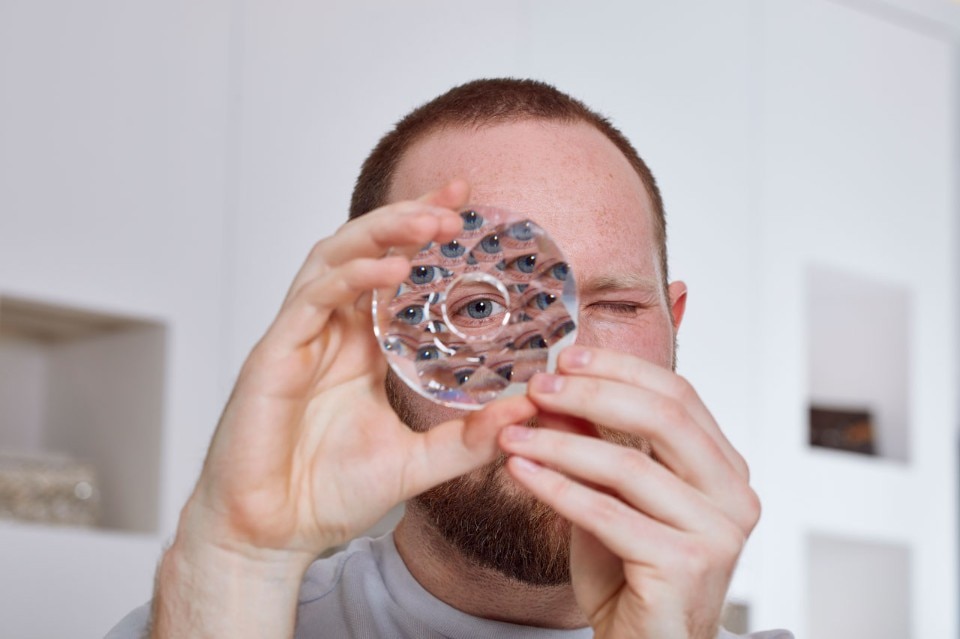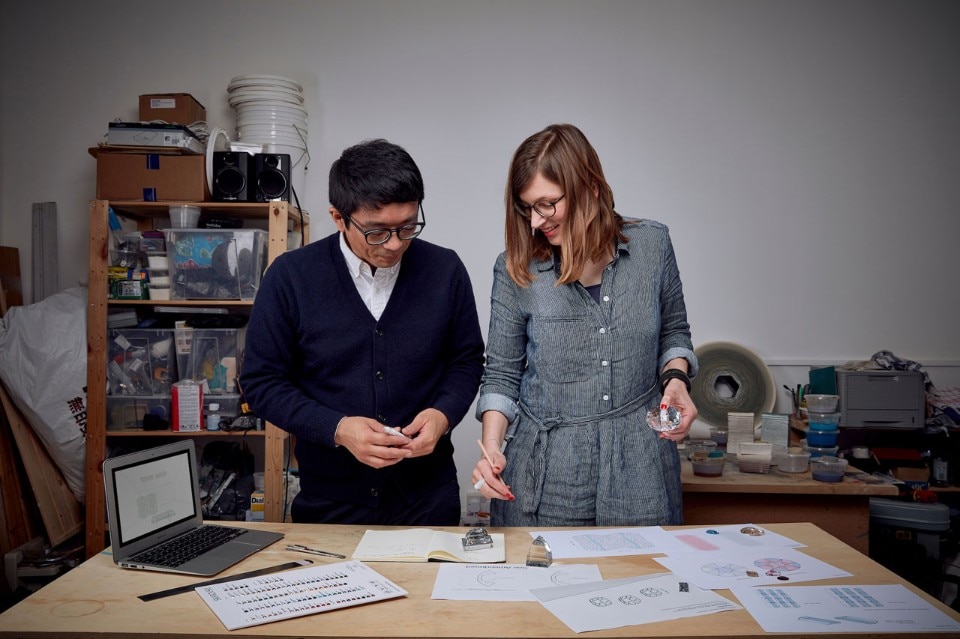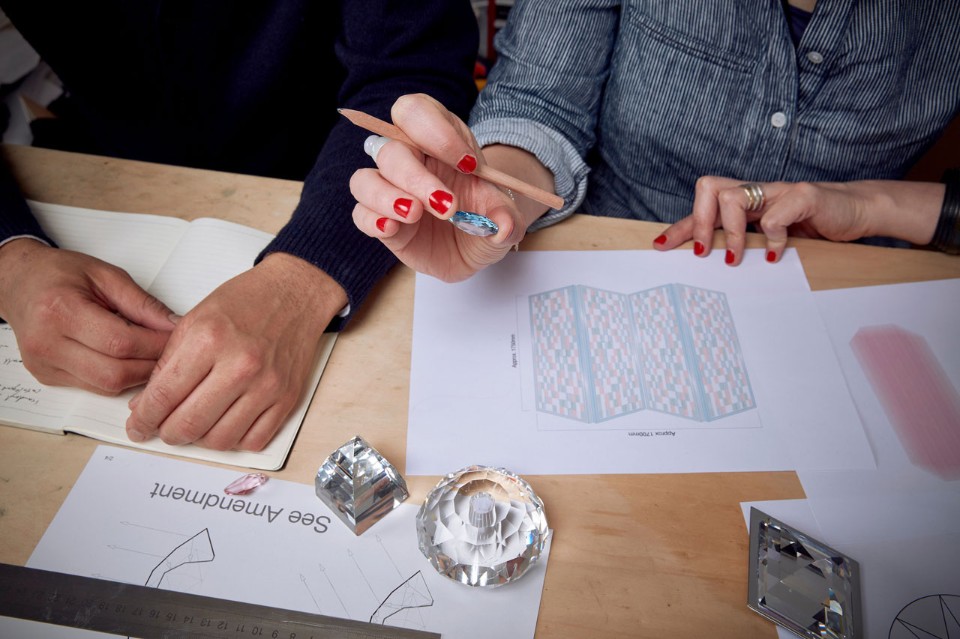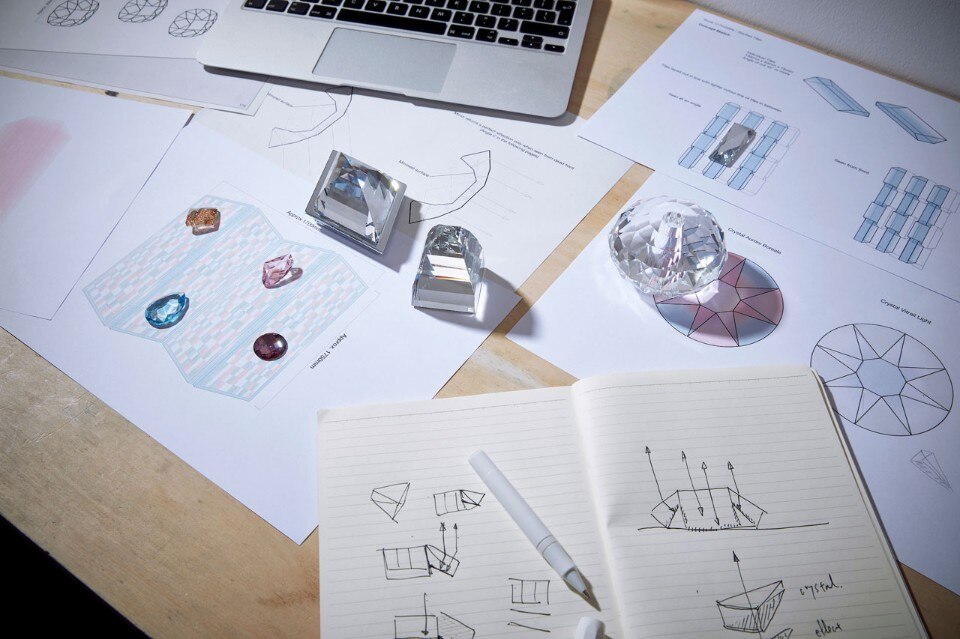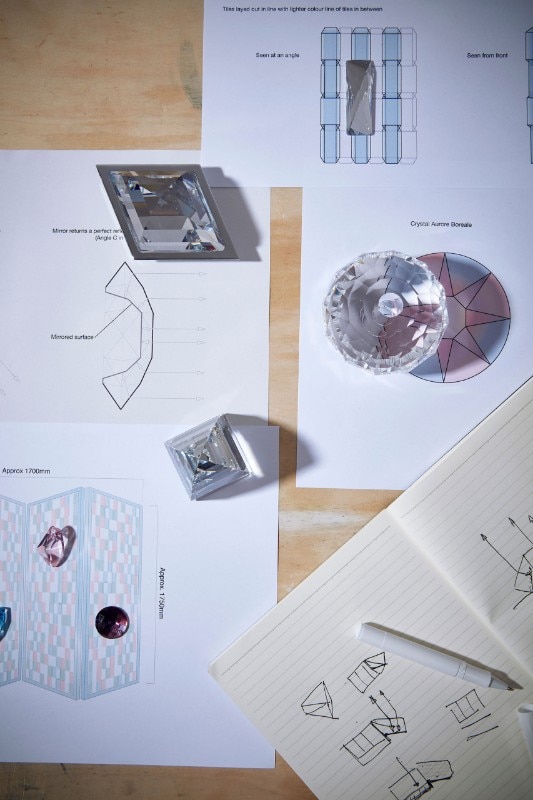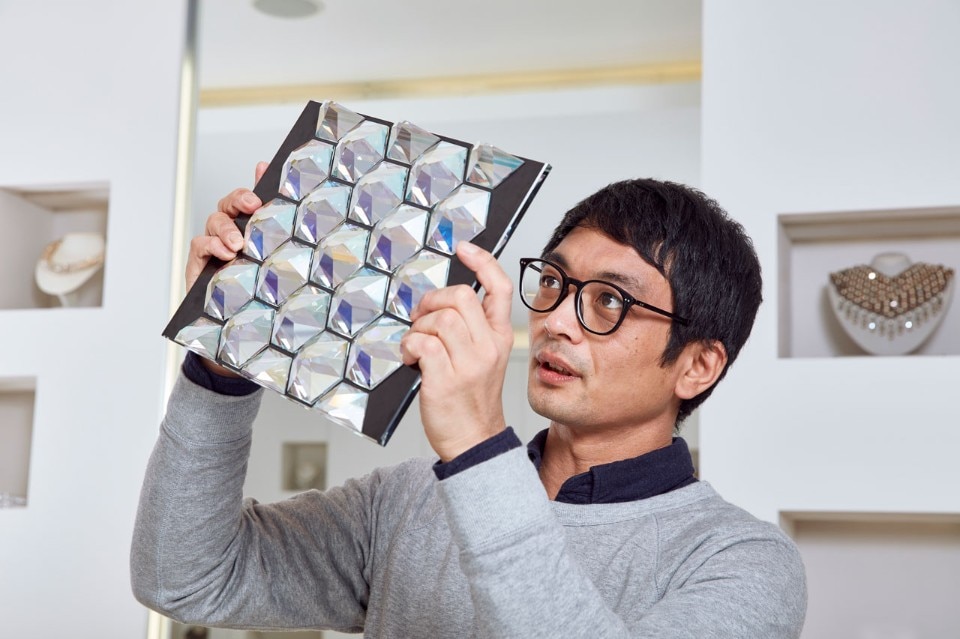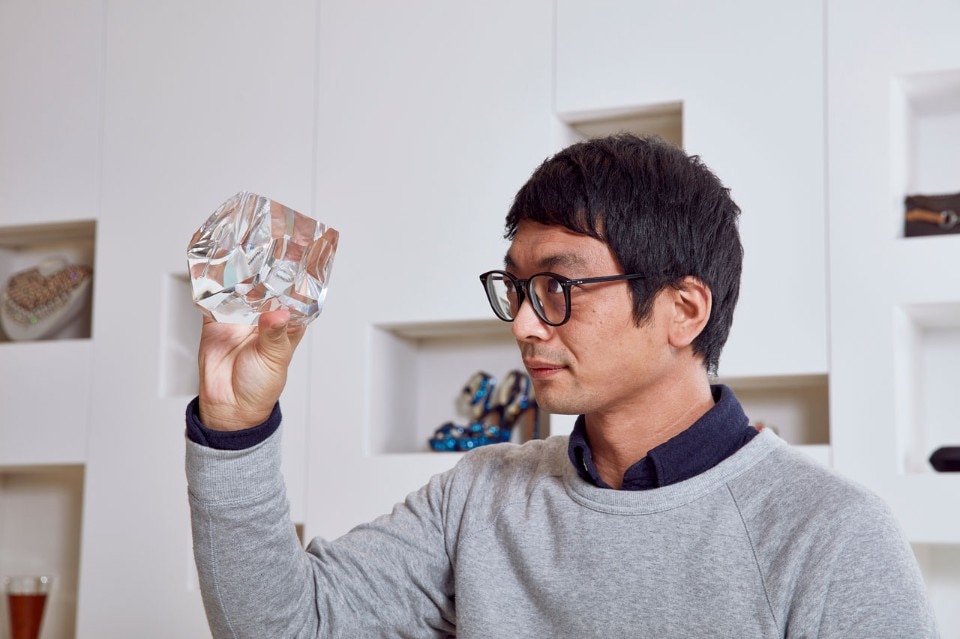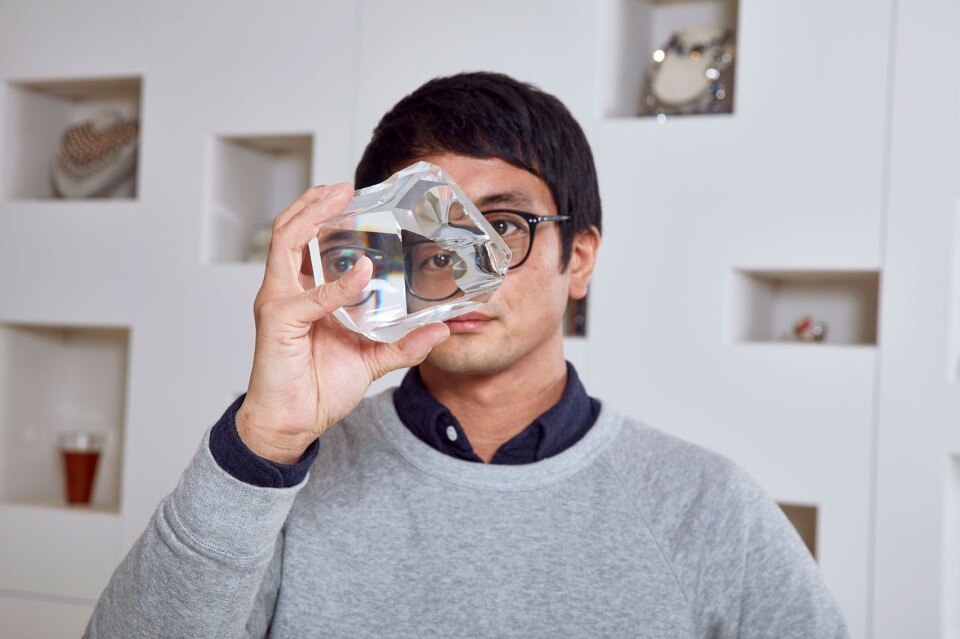Could crystal innovations make our daily lives smarter, more interactive and sustainable – and in a way that is engaging and accessible? It’s no easy question, but answers have been offered by Frank Kolkman, the duo Bernadette Deddend and Tetsuo Mukai of Study O Portable, and Yosuke Ushigome. They are the winners of the fourth “Designers of the Future” competition, organised in collaboration between Swarovski and the Design Miami fair, and presented between 12 and 17 June in Basel. The designers have developed innovative, bold and very different solutions, going well beyond the aesthetic and decorative characteristics of crystal. Frank Kolkman, with his expertise in robotics, combines neuroscience with the physical properties of crystal to create Crystal Dream Machine, an immersive experience that transports you into a relaxing dreamlike world of lights, sounds and colours generated by Swarovski crystals. All you have to do is lie on a small bed and relax. In a world that is ever more connected and digital, the machine shows how technology can be combined with the natural properties of crystal to influence our mental and physical health for the better.
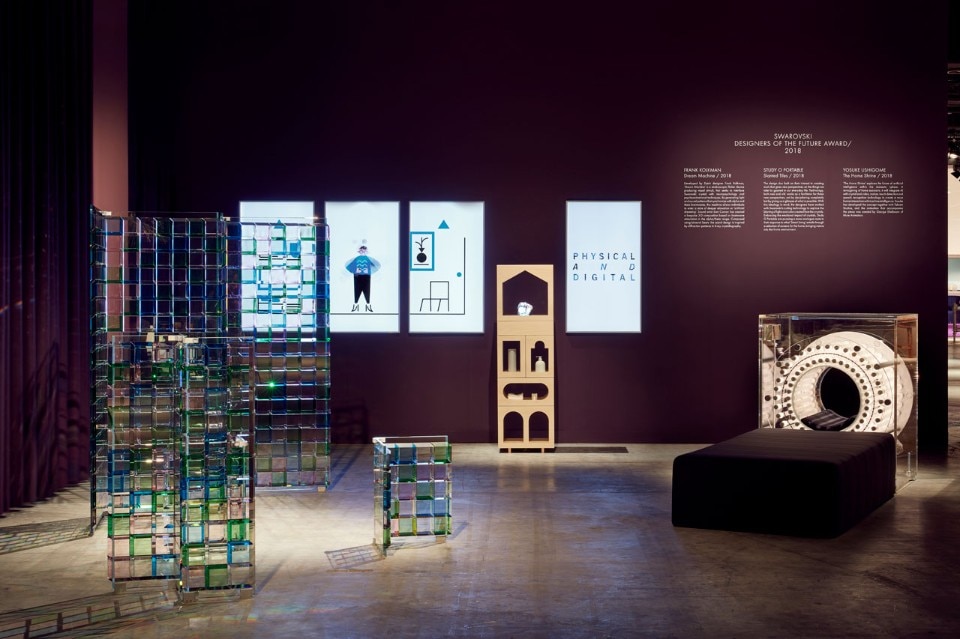
 View gallery
View gallery

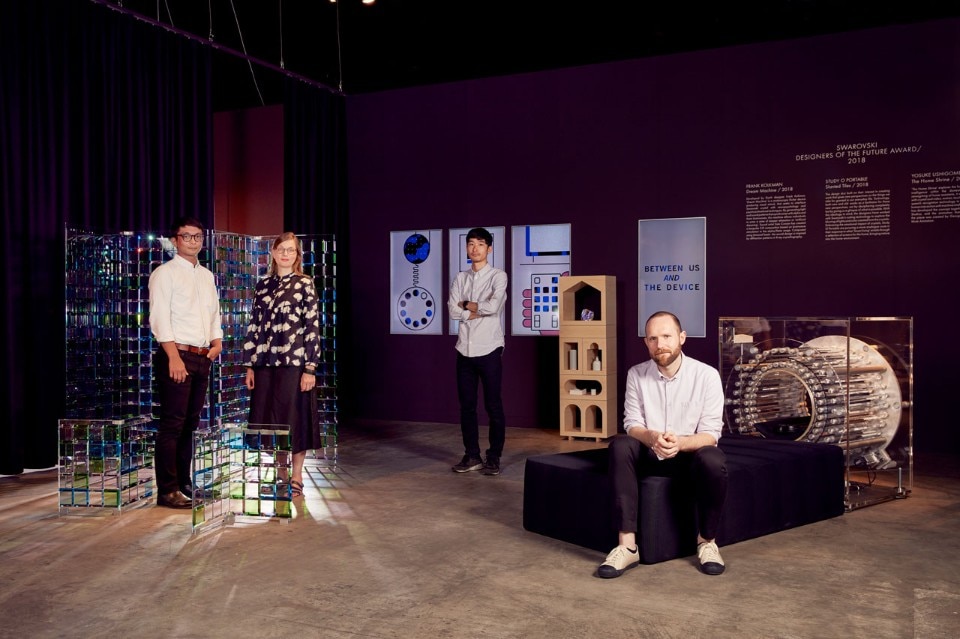
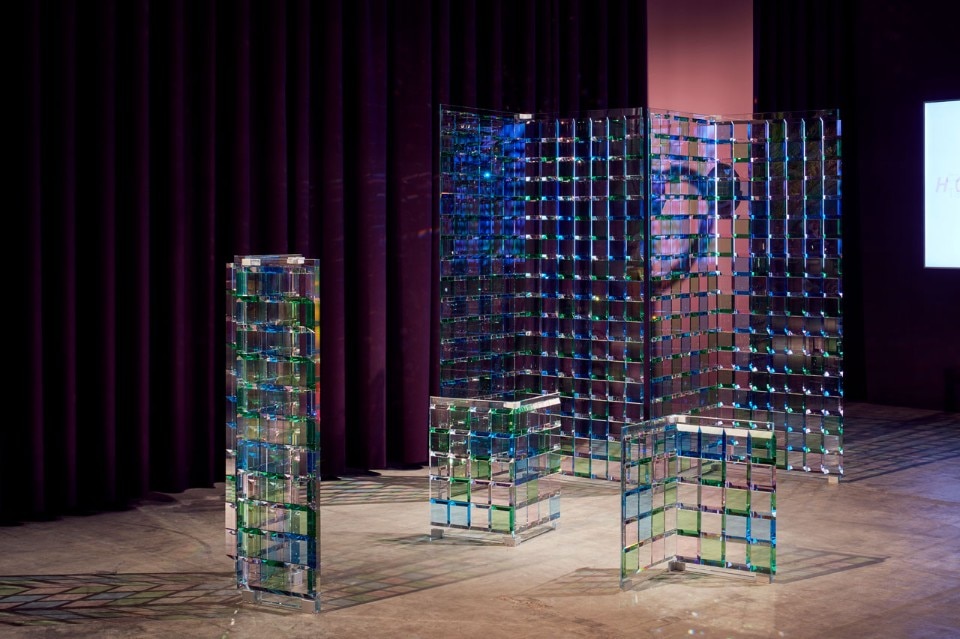
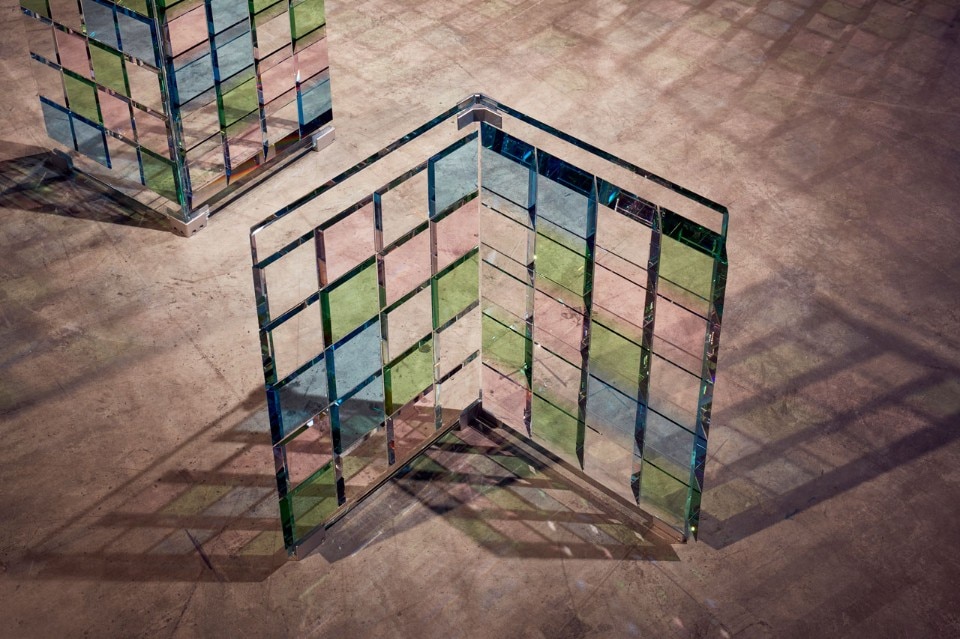
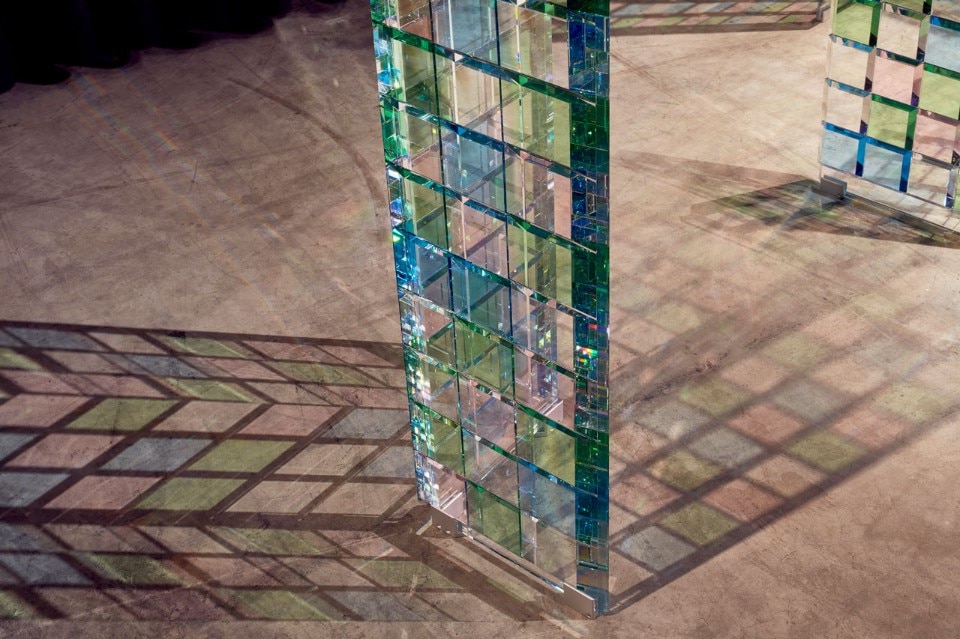
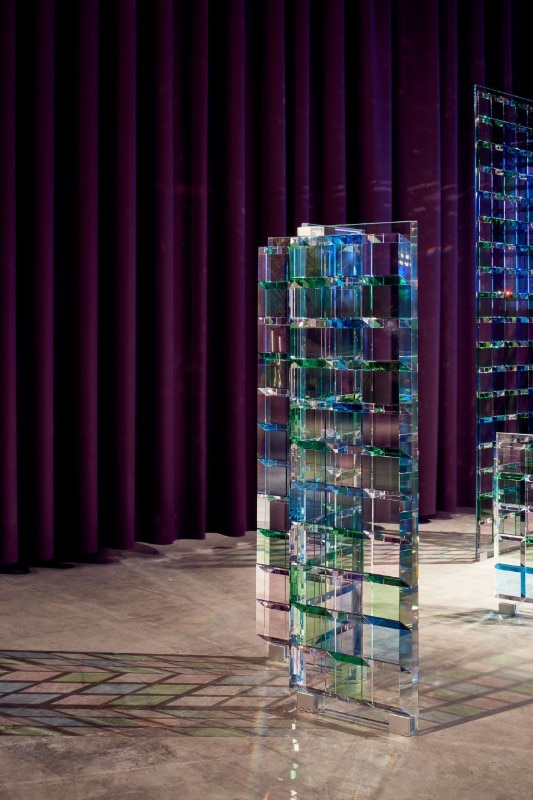
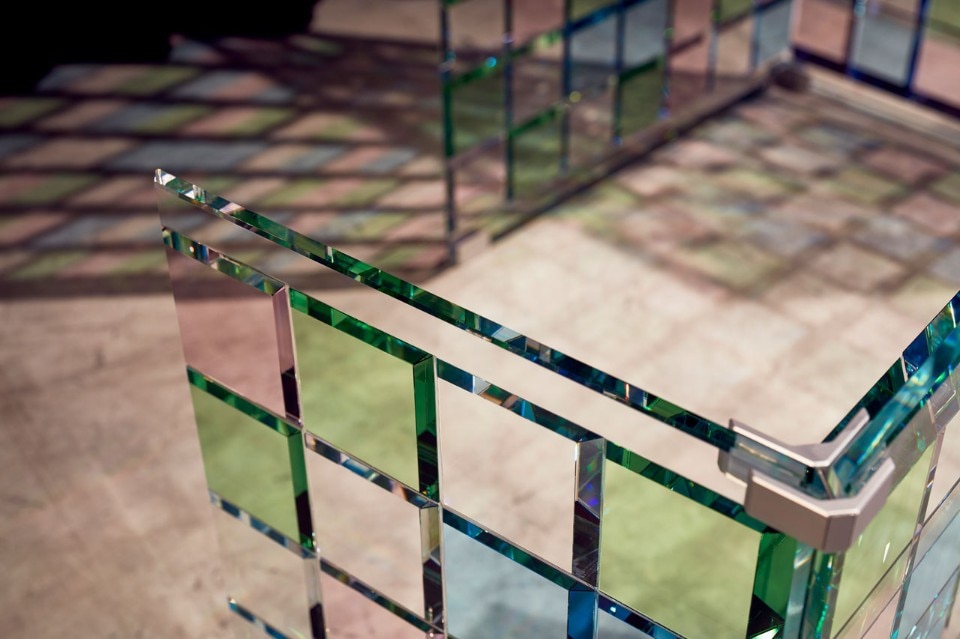
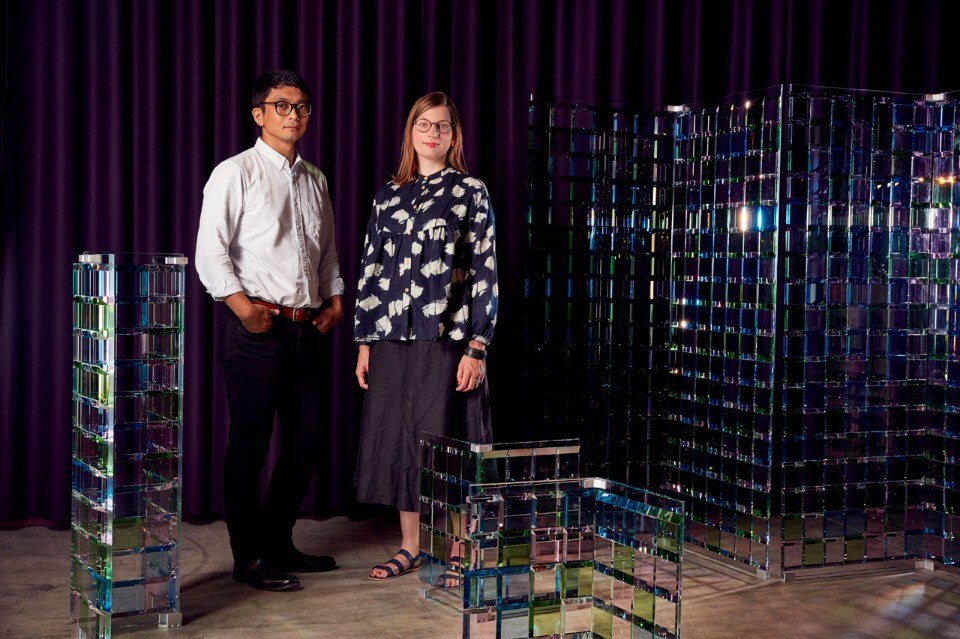
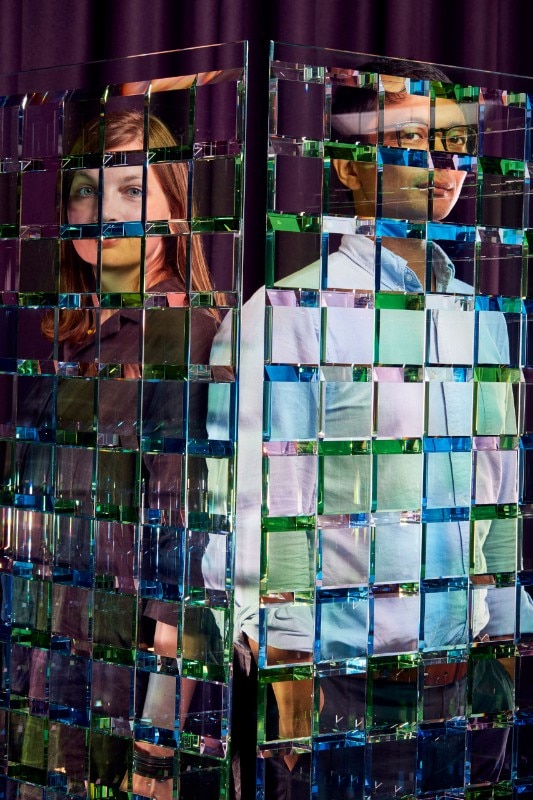
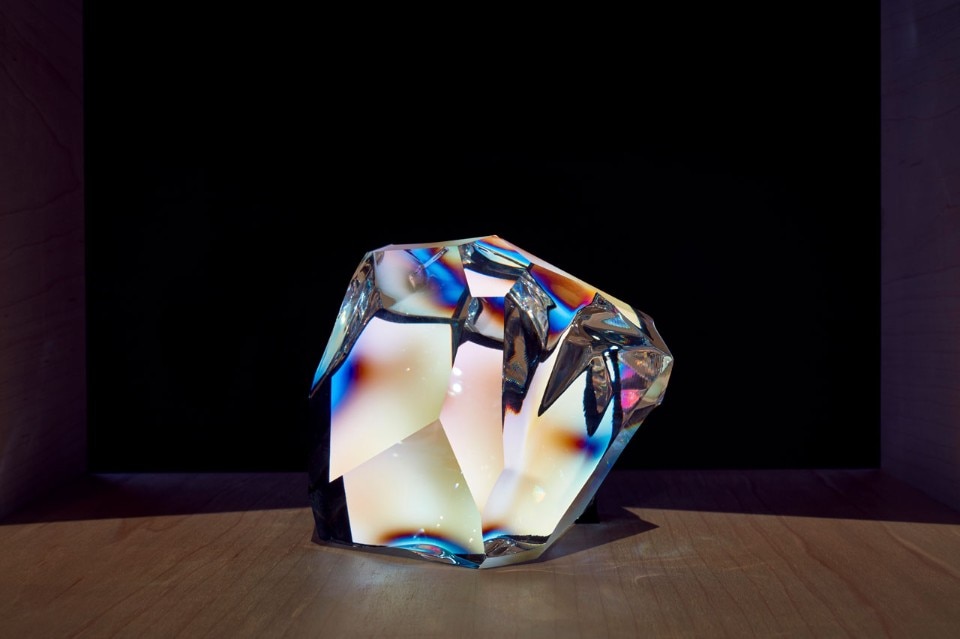
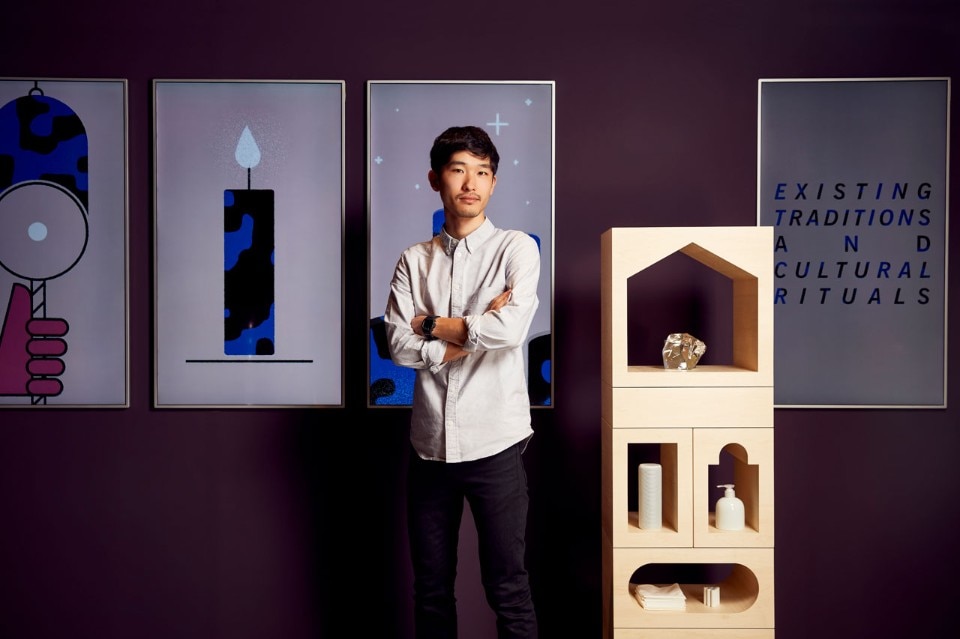
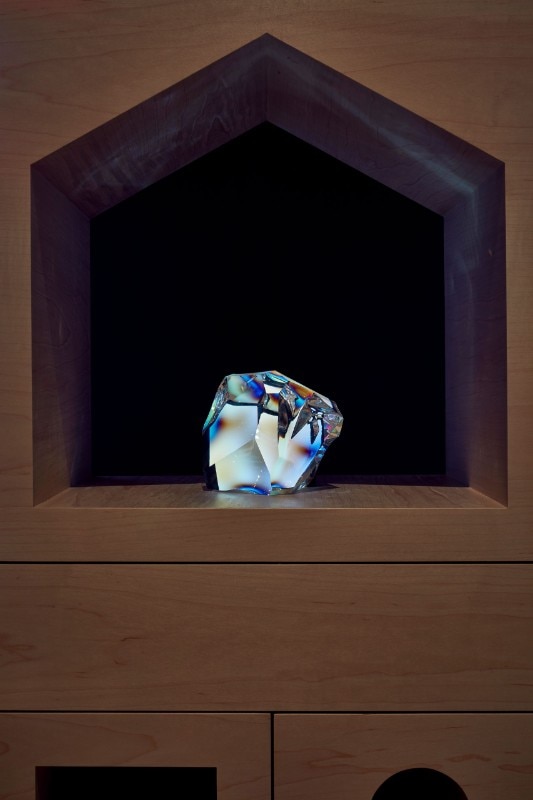
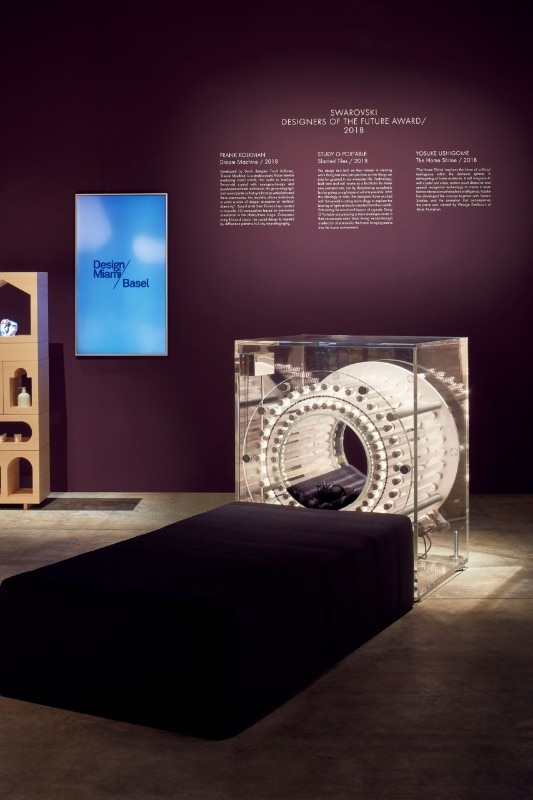
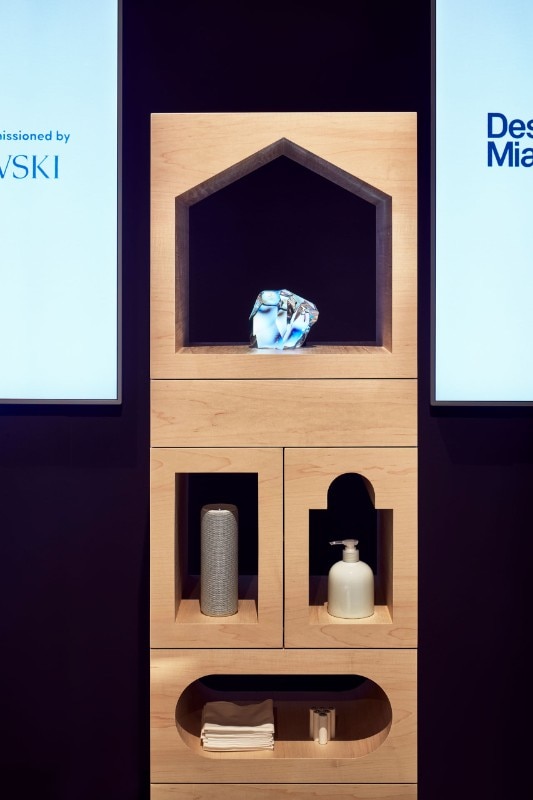
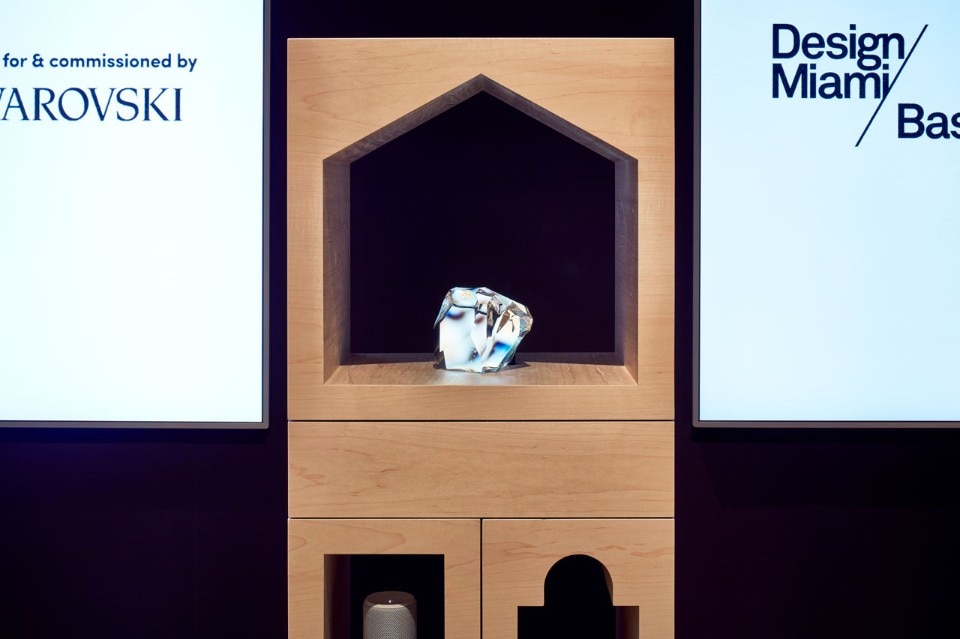
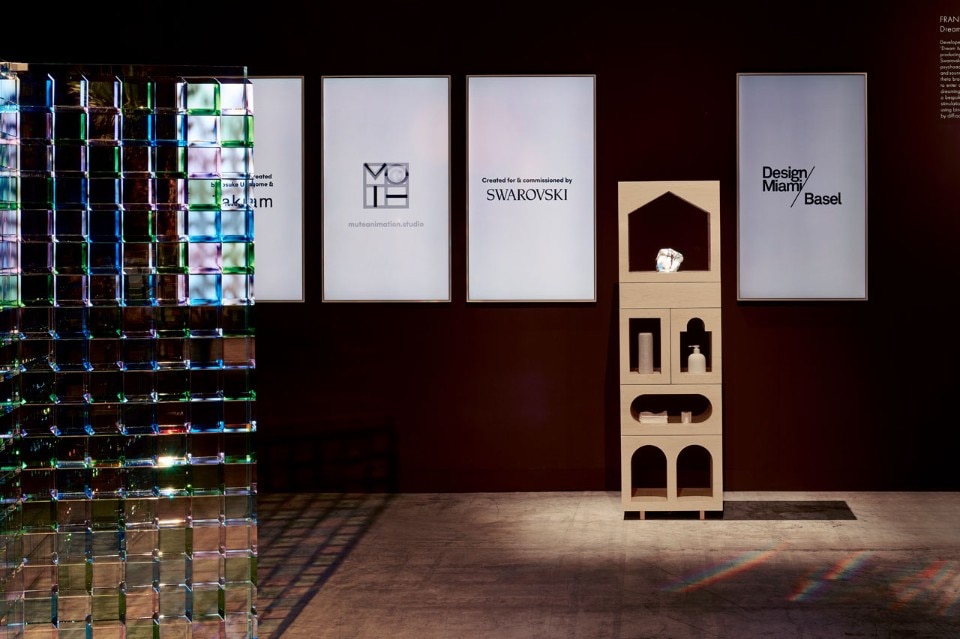
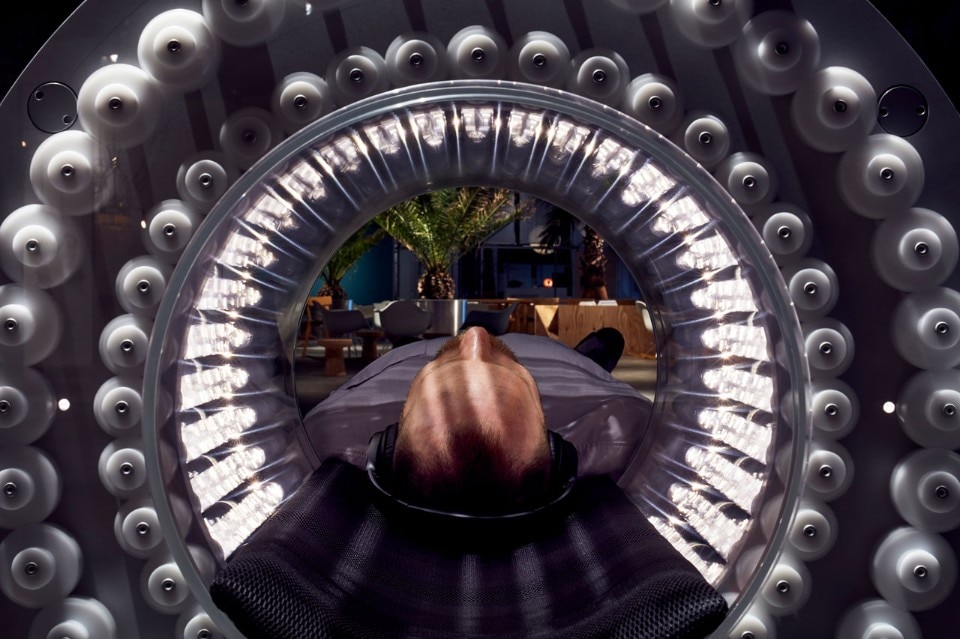
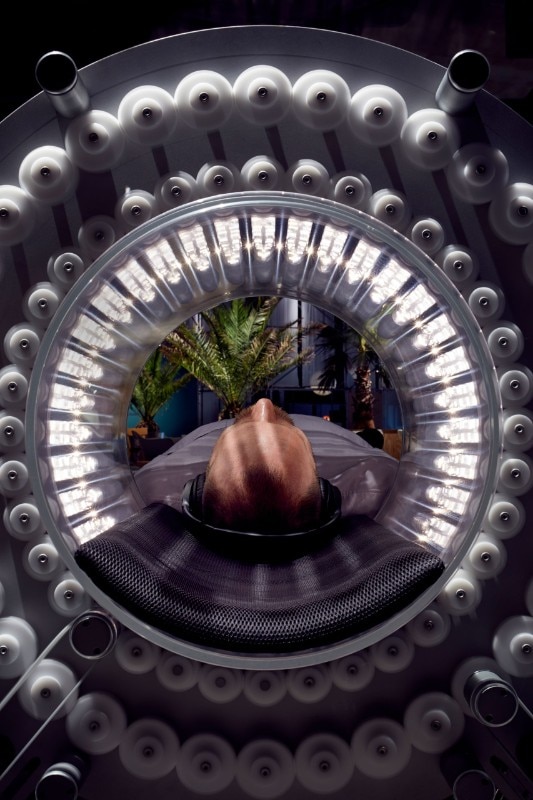
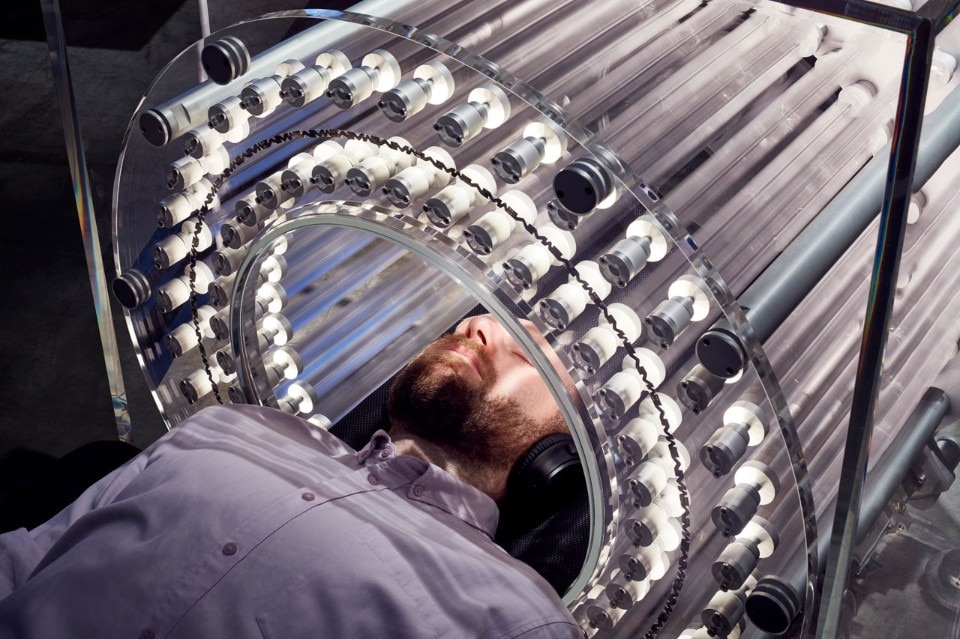
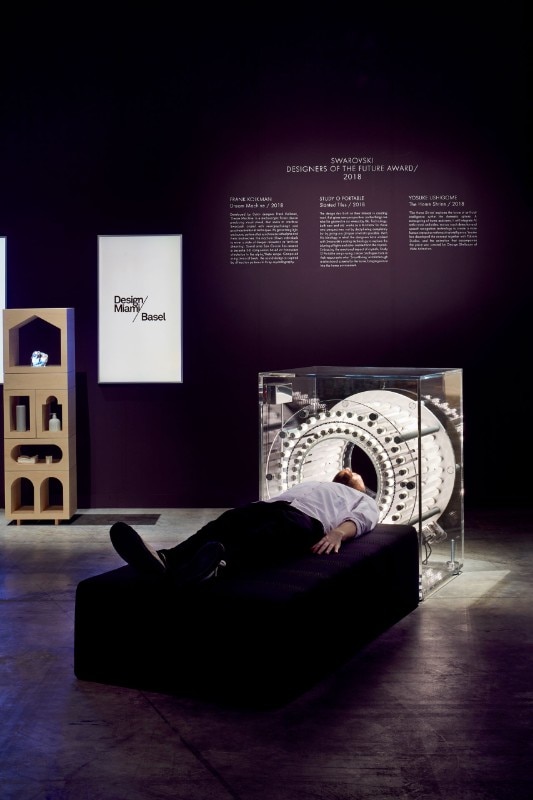
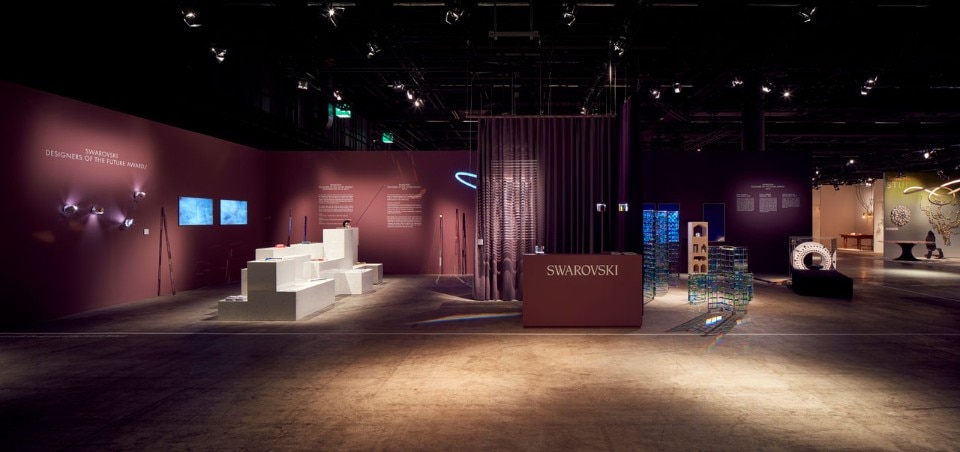
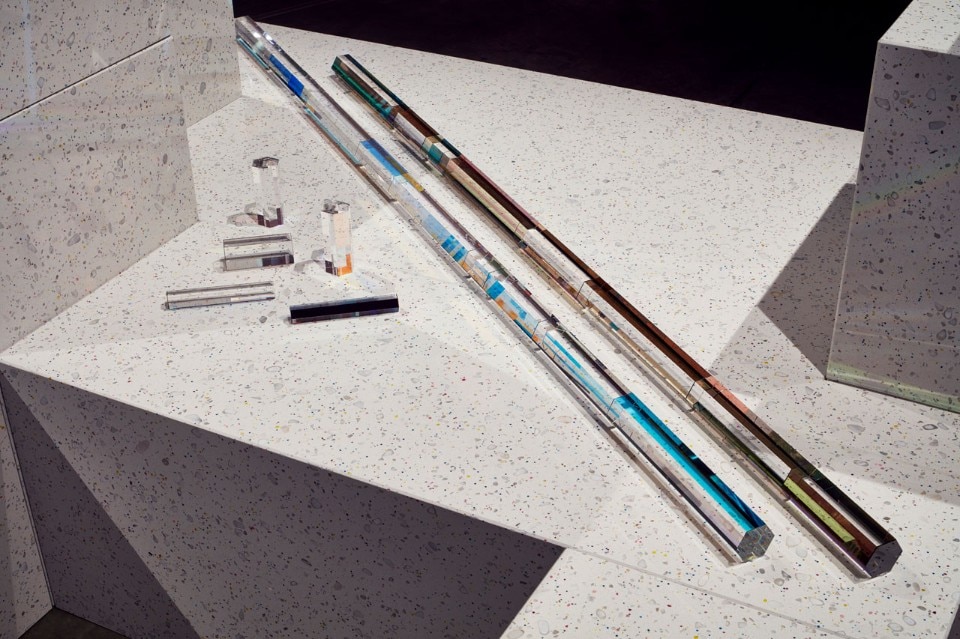
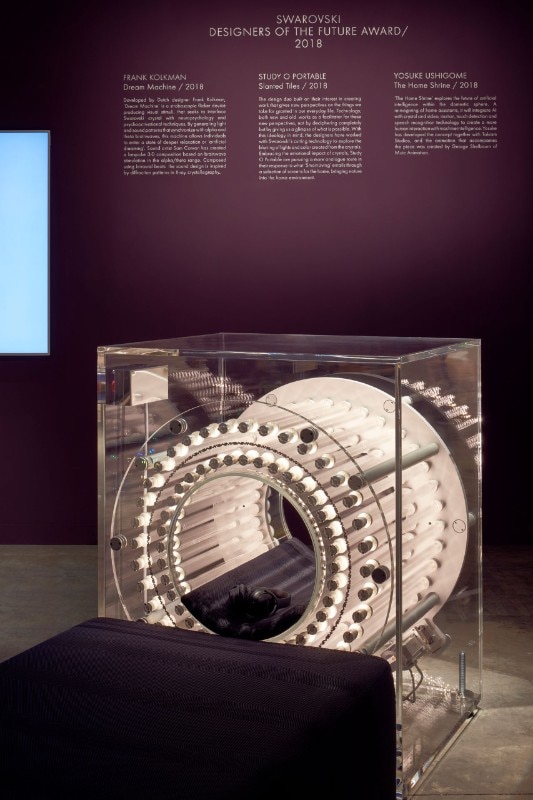
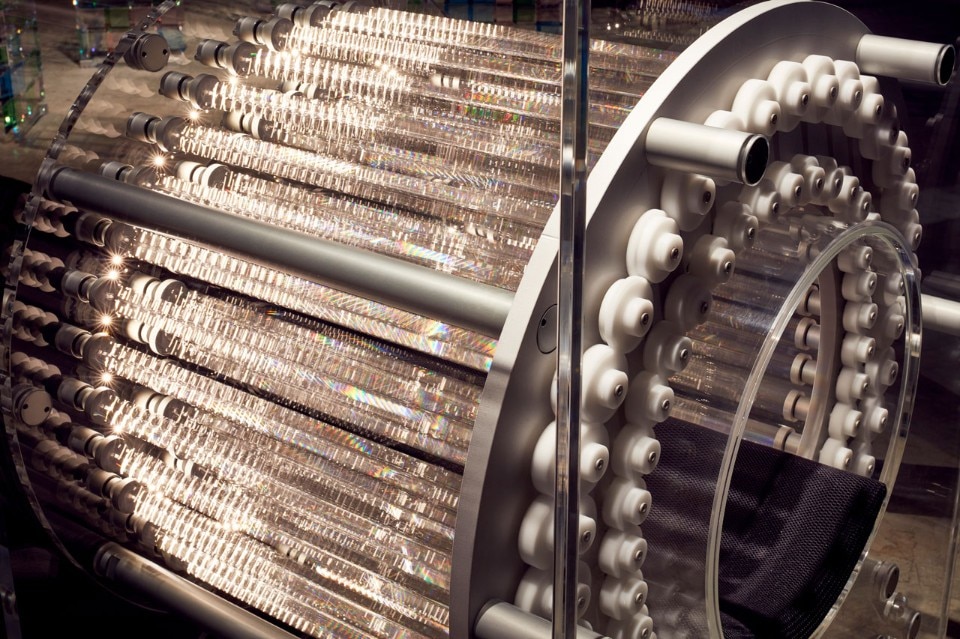
Slanted Tiles, the project presented by Study O Portable, aims to make us pay attention to the objects around us, which are often ignored, seen as simply anonymous. The Dutch-Japanese duo have made use of Swarovski’s advanced technology for cutting their crystals to create screens inspired by the colours of nature. These bring to mind the hues of the sky at sunset, the sparkle of the sun’s rays on the surface of water, or the brilliant green of leaves in spring. The endless facets of the crystals produced by the colossal Austrian company produce surprising, playful light. It’s like the kaleidoscopes we played with as children – perhaps because of that, Screens has a powerful emotional impact. Yosuke Ushigome, a Japanese technologist specialising in emerging technologies, responds to the competition question with a question of his own: “Can crystals interface us to AI?” Incorporating the complex technology used in a home assistant into the historic, elegant form of crystal, Ushigome gives Swarovski the role of cultural and technological mediator. Underlining the aesthetic value it can take on, the home assistant tool has a double function as both decorative and useful. We met Nadja Swarovski in Basel, who told us about how she has always been focused on new talent.

 View gallery
View gallery
You have always supported the arts. More specifically, how did your engagement in the design world start?
Nadja Swarovski: Swarovski has an incredible heritage of working with designers, which goes back to my great-great-grandfather Daniel’s collaborations with the master haute couturiers in 1890s Paris. Our crystal has remained a coveted element across the creative industries ever since, but it was the Swarovski Palace project, which we launched in 2002, that really cemented our relationship with the world of architectural and product design. Our mission was to collaborate with an exciting new generation of designers to reimagine the chandelier for the 21st century, but the project soon evolved into an experimental platform for some of the world’s most exciting talent to push the creative boundaries of crystal.
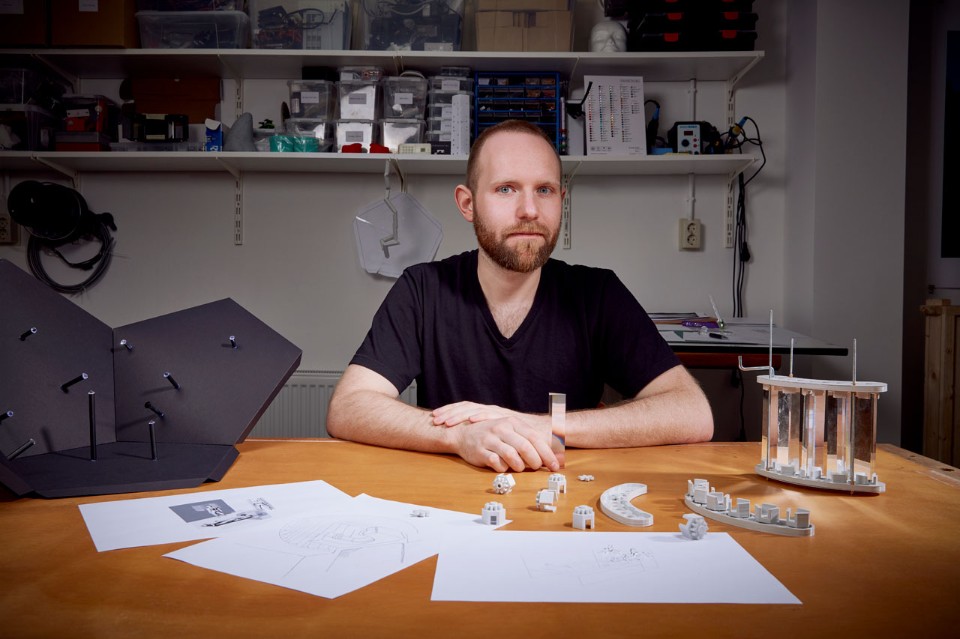
 View gallery
View gallery
What is most attractive for you in the world of creativity?
A blend of innovation and craftsmanship. Our aim is to collaborate with designers who have a passion for experimenting with crystal as a creative medium, but we always maintain a sharp focus on the highest standards in quality and craftsmanship.
Could you give me a comment on the projects you are presenting this year in Basel? And why you consider them ground-breaking?
This year we are focussing on the idea of ‘Smart Living’, and each designer has taken a radical approach to examine how we interact with technology in the home. Yosuke Ushigome’s work is tech-focused and explores the integration of Artificial Intelligence with crystal and animation. Meanwhile, Frank Kolkman is attempting to give us a break from technology by using crystal and neuroscience to create new forms of relaxation with his “dream machine”. And finally, Bernadette Deddens and Tetsuo Mukai of Study O Portable are also taking an analogue look at the smart home with their screens for the home.
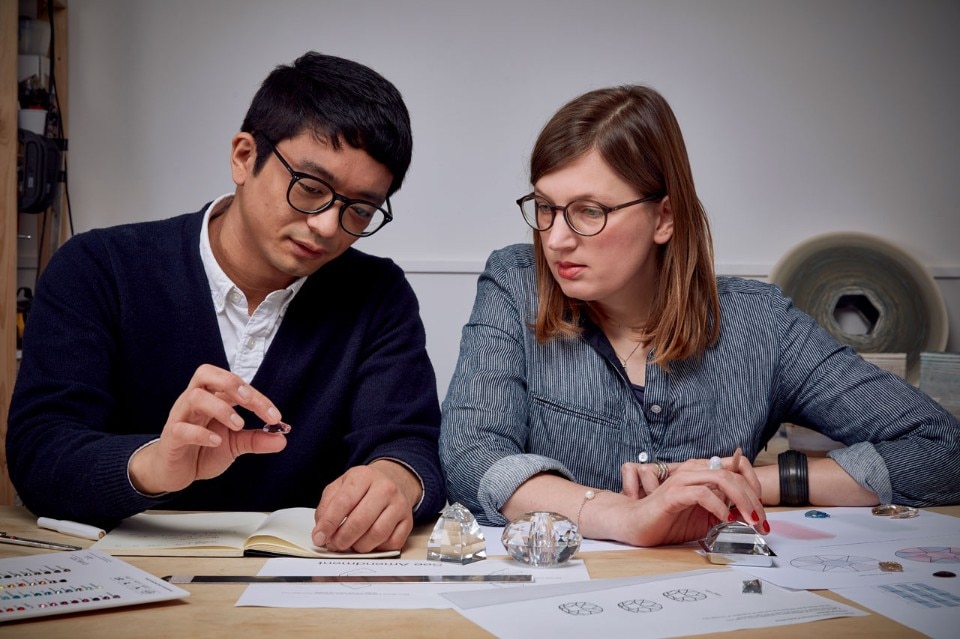
 View gallery
View gallery
What is the future of design? Do you agree with the idea that design is an engine to develop and possibly improve our society?
It is true that one of the functions of design is to help improve our lives in the here and now, but I believe it also has a role in challenging how we think about the future. Today, our focus is on creating products that celebrate conscious luxury; beautiful objects that are produced in a responsible way which creates positive impact for people and the planet.
Your project in Basel is dedicated to young people, young talent. Do you have your own special way to recognize a talent?
We are constantly working to find new ways to discover and connect with young designers, whether organically or through the emerging talent and student-focused initiatives we support. I am proud to say that many of the past winners who have come through Designers of the Future have also gone on to collaborate with Swarovski on other projects and products, and we have an inspiring selection of their work on display this year at Basel.
- Exhibition title:
- Design Miami/ Basel Designers of the Future 2018
- Designers:
- Frank Kolkman, Study O Portable, Yosuke Ushigome
- Opening dates:
- 12–17 June 2018
- Venue:
- Messe Basel, Hall 1 Süd


